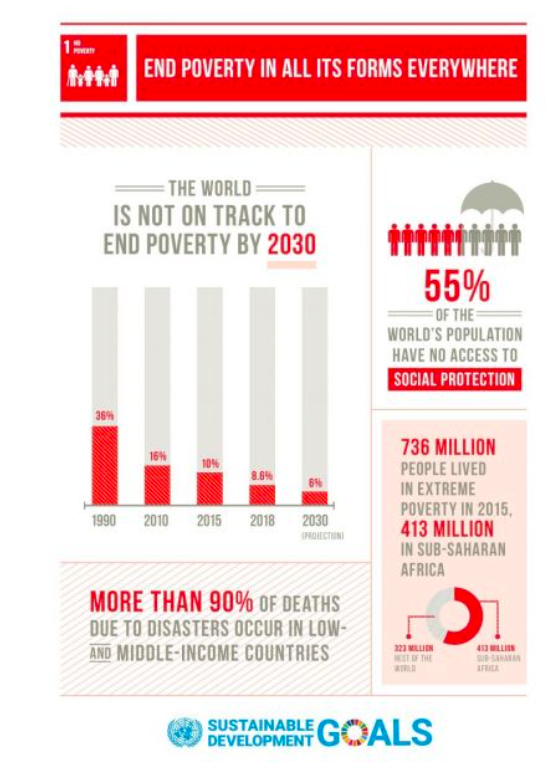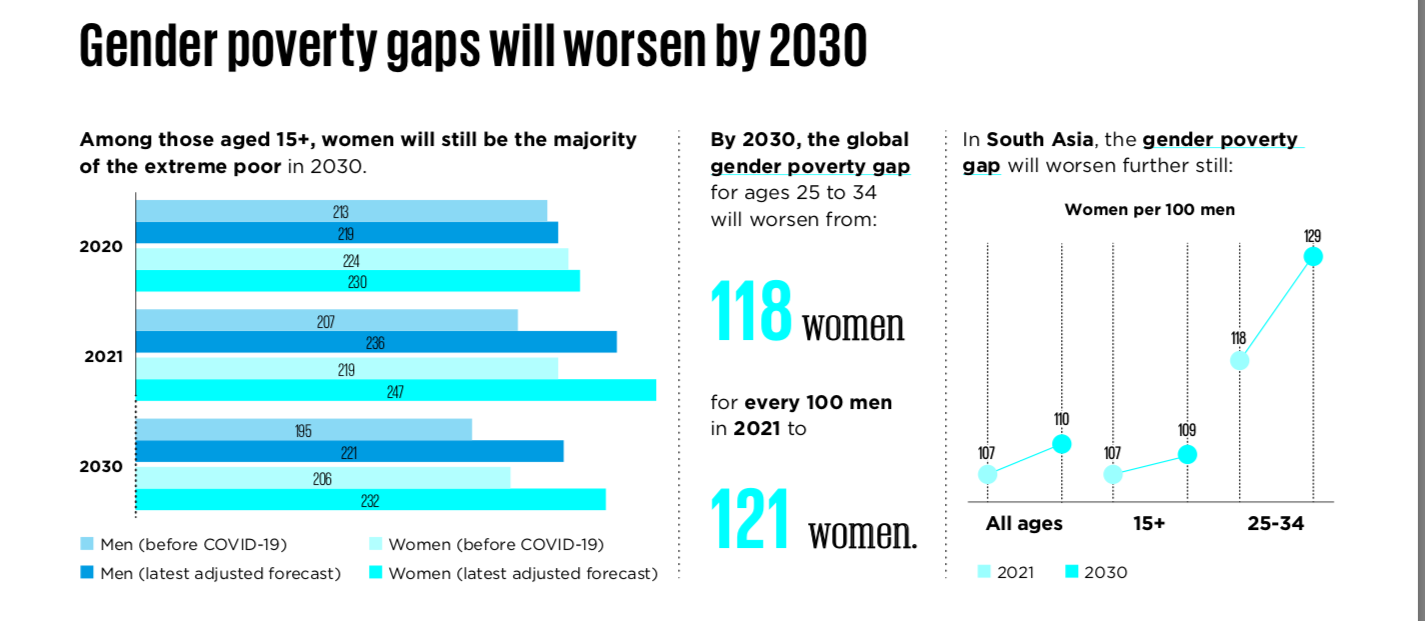Covid-19’s impact on extreme poverty

Appa Pada slum in Malad, Mumbai, India is under government-ordered isolation due to a high number of COVID-19 cases.
Photographer: Manoej Paateel (Shutterstock, 2020).
Covid-19's impact on extreme poverty
Extreme poverty is internationally defined as earning less than USD 1.90 a day. Albeit this line may seem extremely low, 10% of the world’s population is considered to be living in extreme poverty, where they do not have access to basic necessities such as, for example, medical facilities, education, hygiene, and access to clean water (United Nations, 2020). 87% of this 10% is in central and southern Asia and sub-Saharan Africa (Azcona et al, 2020). Ending poverty in all its forms everywhere is the first 17 goals of the 2030 Agenda for Sustainable Development (United Nations, 2020).
Governments have predicted that economic growth would help people out of poverty. In other words, as the international poverty line defined by the World Bank is so low, governments can claim that there is progress whilst the situation stays unchanged. Faced with an issue of the nature of extreme poverty, it is more important than ever to not simply look at the facts and figures, but also take a human approach (De Schutter, 2020). Whilst looking at economic growth, it is also important to consider the geographical disparities. Although the global economy has seen an increase of 100% since the cold war, it has mainly been attributed to the Western World. Half of the world still lives under USD 5.50 a day (De Schutter, 2020). Yet, with the current historic growth rate, it is estimated that it would take 200 years to abolish poverty under USD 5 a day (De Schutter, 2020).
Poverty is not a matter only of low incomes. It’s a matter of disempowerment, of institutional and social abuse, and of discrimination. It is the price we pay for societies that exclude people whose contributions are not recognised. Eradicating poverty means building inclusive societies that shift from a charity approach to a rights-based empowering approach (De Schutter, 2020).
To stay on target to eradicate poverty by 2030, tactical investments and evidence-based policies are necessary. The cumulative cost to do so by 2030 is USD 2 trillion in purchasing power parity, or 0.14% of global GDP (Azcona et al, 2020). In his report to the United Nations, Oliver De Schutter, (2020) stipulates that countries need to adopt new strategies, with a clear mobilization approach, whilst empowering communities and holding themselves accountable. Indeed, the approach that needs to be taken requires more than economic growth, but an actual redistribution of wealth. Otherwise, the extreme poverty line would simply need to be adjusted but the living conditions would still be the same. Lakner et al, (2020) agree with this approach by stating that to reach the UN’s Goals for Sustainable Development, equal redistribution of income is crucial. Their research proves that it is more effective to reduce every country’s Gini Ratio (a statistical measure used to represent wealth inequality in a country) by 1% than to increase every country’s annual economic growth by 1%. This relies on the Western World to take a proactive and genuine approach to end extreme poverty.
Click here for real-time statistics of people living in extreme poverty around the world
Sarah Marine Surget

Categories




